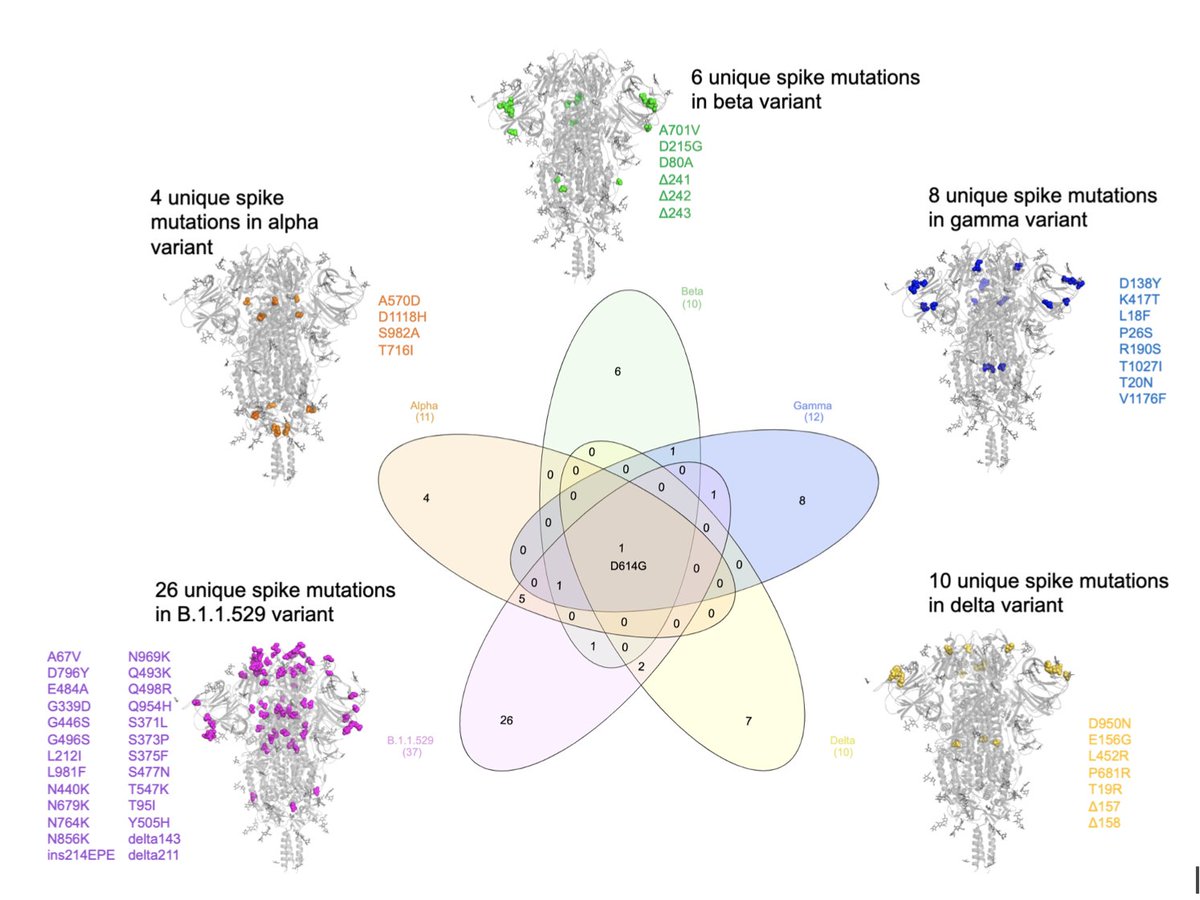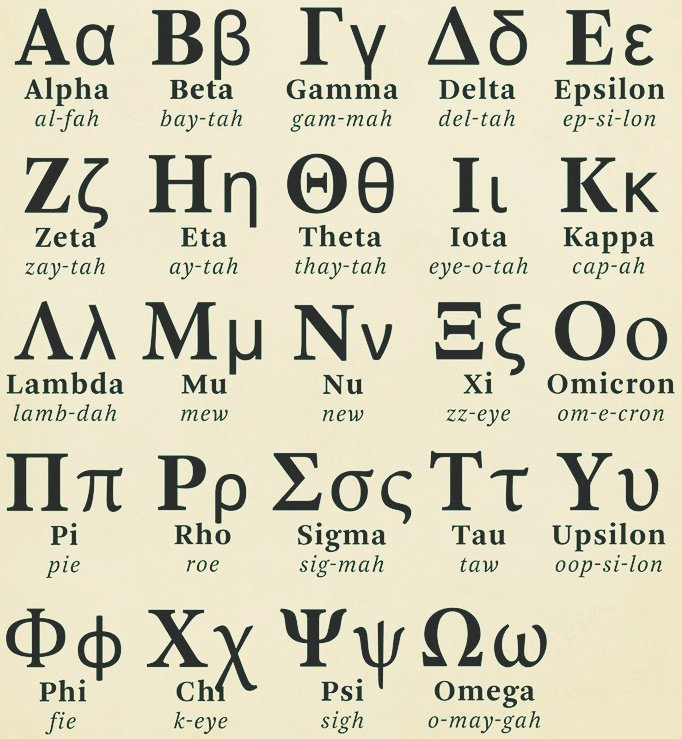
@flodebarre @zhihuachen @coroldo1 @emmecola @henri_mourant @stuartjdneil @mrandersoninneo There still seems to be confusion here.
1. The csdata 61.5 mb zip file was removed during the pandemic, not before.
2. csdata page 404ed later
3. zip file not hosted on WIV servers so claims of hack attempts are bullshit.
4. Hack attacks highlighted by WIV in 2019 on WIV website
1. The csdata 61.5 mb zip file was removed during the pandemic, not before.
2. csdata page 404ed later
3. zip file not hosted on WIV servers so claims of hack attempts are bullshit.
4. Hack attacks highlighted by WIV in 2019 on WIV website
@flodebarre @zhihuachen @coroldo1 @emmecola @henri_mourant @stuartjdneil @mrandersoninneo 5 Csdata 61.5 mb zip file was static "expression" of WIV database (according to csdata regulations: No Data, No paper)
6 When Csdata discovered WIV removed zip file, they eventually 404ed the page.
7 Other bat virus databases managed by WIV were taken offline at different dates
6 When Csdata discovered WIV removed zip file, they eventually 404ed the page.
7 Other bat virus databases managed by WIV were taken offline at different dates
@flodebarre @zhihuachen @coroldo1 @emmecola @henri_mourant @stuartjdneil @mrandersoninneo 8. Details of other WIV managed databases can be found here:
researchgate.net/publication/34…
researchgate.net/publication/34…
@flodebarre @zhihuachen @coroldo1 @emmecola @henri_mourant @stuartjdneil @mrandersoninneo 9. Our greatly missed "Anon" did the 1st investigation in mid to late 2020
Proposed SARS-CoV-2 Spillover During 2019 Review of Samples from a Mineshaft in Mojiang, Yunnan
Version 1: Jun 18, 2020
zenodo.org/record/4029545…
Version 2: Sep 14, 2020
zenodo.org/record/4063813…
Proposed SARS-CoV-2 Spillover During 2019 Review of Samples from a Mineshaft in Mojiang, Yunnan
Version 1: Jun 18, 2020
zenodo.org/record/4029545…
Version 2: Sep 14, 2020
zenodo.org/record/4063813…
@flodebarre @zhihuachen @coroldo1 @emmecola @henri_mourant @stuartjdneil @mrandersoninneo 10. and may we inquire as to what you were investigating in mid to late 2020 to determine if a lab leak had occurred?
11. Without #DRASTIC's sterling work YOU would know nothing about all this, as YOU and the zoonati virology community failed to investigate anything at the time.
11. Without #DRASTIC's sterling work YOU would know nothing about all this, as YOU and the zoonati virology community failed to investigate anything at the time.
@flodebarre @zhihuachen @coroldo1 @emmecola @henri_mourant @stuartjdneil @mrandersoninneo 12. So now when people see YOU "investigating" the databases a year later, they rightly question your motives & sincerity
13. In contrast, the thorough painstaking work of dedicated people such as "Anon", @billybostickson
@gdemaneuf & @daoyu15 have indeed stood the test of time
13. In contrast, the thorough painstaking work of dedicated people such as "Anon", @billybostickson
@gdemaneuf & @daoyu15 have indeed stood the test of time
@flodebarre @zhihuachen @coroldo1 @emmecola @henri_mourant @stuartjdneil @mrandersoninneo @gdemaneuf @Daoyu15 14. Read all about it here:
Scroll back from the 203rd News story mentioning our work (in 2021).
Scroll back from the 203rd News story mentioning our work (in 2021).
https://twitter.com/BillyBostickson/status/1447800217307209734
@flodebarre @zhihuachen @coroldo1 @emmecola @henri_mourant @stuartjdneil @mrandersoninneo @gdemaneuf @Daoyu15 15. Resources
drasticresearch.org/resources/
16. Papers
drasticresearch.org/category/paper…
17. References
drasticresearch.org/category/refer…
drasticresearch.org/resources/
16. Papers
drasticresearch.org/category/paper…
17. References
drasticresearch.org/category/refer…
@flodebarre @zhihuachen @coroldo1 @emmecola @henri_mourant @stuartjdneil @mrandersoninneo @gdemaneuf @Daoyu15 18. Finally, may we inquire where is your research?
Where are your reports and papers?
Where is any evidence of your investigations from 2020 to prove or disprove a putative lab leak?
So, please, a little respect for the work of your peers.
Where are your reports and papers?
Where is any evidence of your investigations from 2020 to prove or disprove a putative lab leak?
So, please, a little respect for the work of your peers.

@flodebarre @zhihuachen @coroldo1 @emmecola @henri_mourant @stuartjdneil @mrandersoninneo @gdemaneuf @Daoyu15 unroll crushed @coroldo1 @threadreaderapp
• • •
Missing some Tweet in this thread? You can try to
force a refresh
















